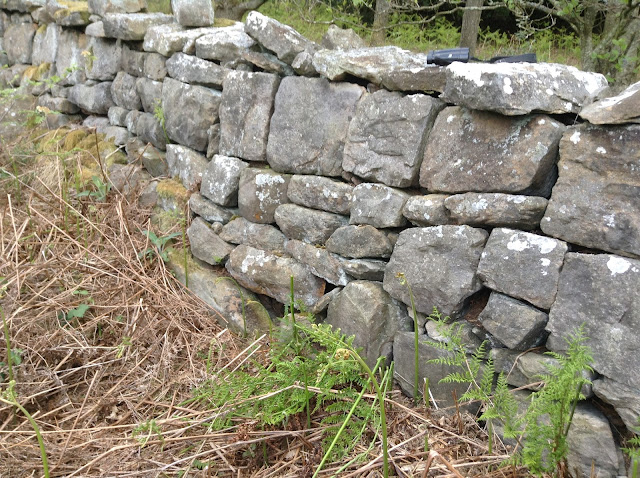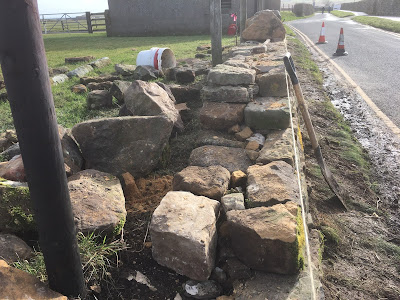But I managed and am quite pleased with the job - I even found enough tops which I thought might be hard to come by.
Teaser for jaw-dropping motorcycle stunts returning to Great Yorkshire Show
-
The Bolddog Freestyle Motocross (FMX) Team, led by professional rider Dan
Whitby, will headline the 2026 Great Yorkshire Show with high-flying stunts
reach...
1 day ago








